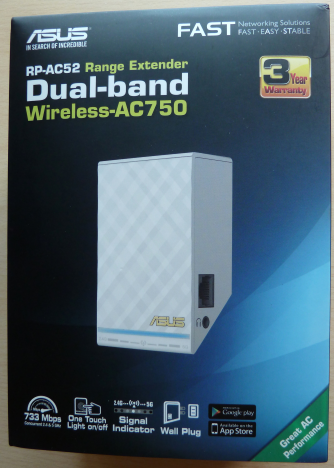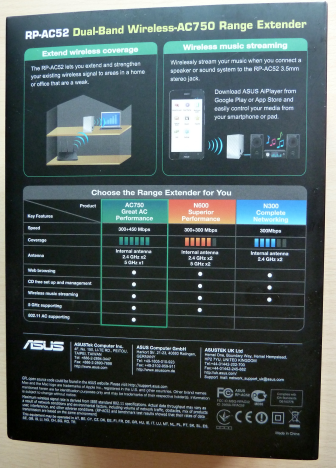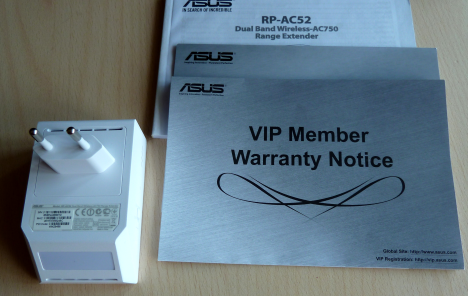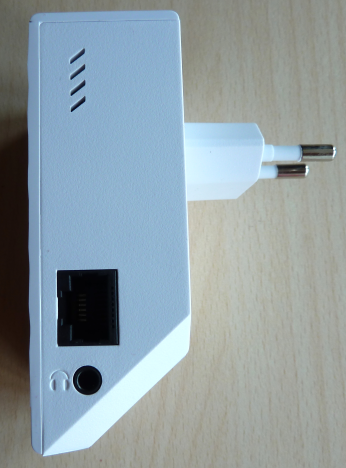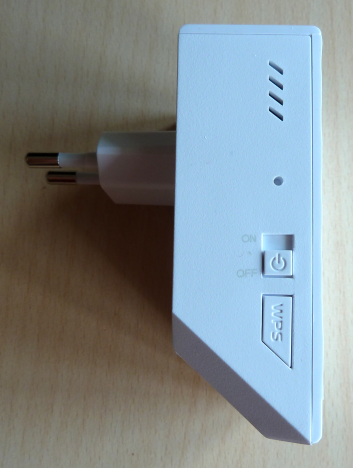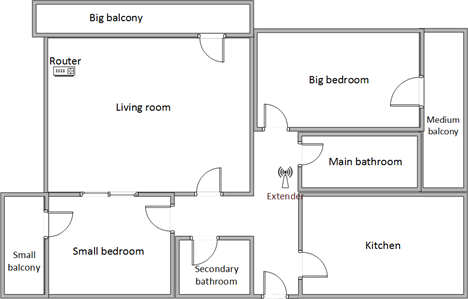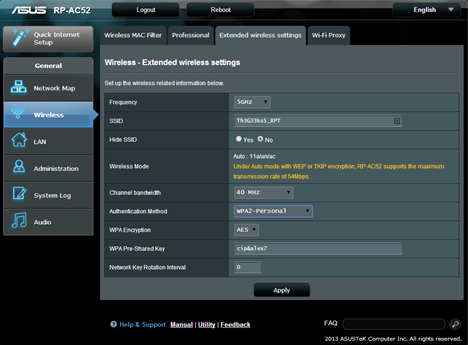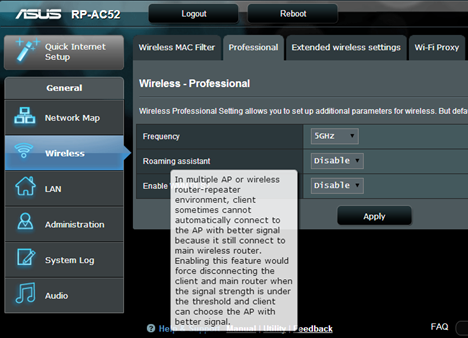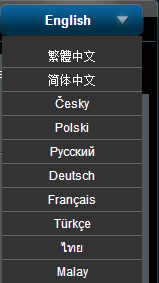
Many wireless routers were launched which promised compatibility with the latest wireless networking standard - 802.11ac. While this is good, it doesn't mean that all of them offer a wide coverage and a strong signal in larger apartments and homes. When you don't have the WiFi coverage you want, it is a good idea to consider buying a range extender. While you may find many range extenders on the market, very few of them offer compatibility with the 802.11ac wireless networking standard. Luckily ASUS has launched the RP-AC52 Dual-band Wireless-AC750 range extender which is capable of extending both older wireless networks running at the 2.4 GHz frequency as well as modern networks using the 5 GHz frequency and the 802.11ac standard. Learn how well it works and whether it is worth buying, from this detailed review.
Unboxing the ASUS RP-AC52 Range Extender
The packaging for the ASUS RP-AC52 range extender is the same as for other similar devices made by ASUS. On the box you will see the device and a bit of information about its characteristics.
If you look on the back side of the box, you will notice that ASUS RP-AC52 is currently the top range extender from ASUS and the only one that offers support for the 802.11ac networking standard. Earlier this year we have reviewed their most affordable model - ASUS RP-N14. You can find its review here.
As soon as you open the box, you will immediately see the device.
Beneath it, you will also find the warranty and the manual in several different languages.
Now let's take a look at what this range extender has to offer in terms of specifications.
Hardware Specifications
If you look carefully on the front of the device, you will see that it has visual signal indicators for both the 2.4 Ghz wireless network and the 5 GHz network. That's because it offers support for all modern networking standards, including IEEE 802.11ac, which works only in the 5 GHz spectrum. The maximum theoretical bandwidth offered by this range extender is 300 Mbps for the 2.4 GHz wireless network and 433Mbps for the 5 GHz wireless network. Obviously, this device has two antennas - one for each operating frequency.
The front side of the device works also as a touch panel for turning On and Off the different features that it offers. But more on that later in this review.
On one side of the device you will find an Ethernet port that you can use to connect the device to the router and use it as an access point or another network device to the range extender.
Near the Ethernet port you will find an audio jack which can be used to connect headphones or speakers, so that you can listen to Internet radio, directly from ASUS RP-AC52.
On the other side you will find the button for turning the device on and off, as well as the WPS button for quickly connecting the range extender to the router.
You can find the full list of hardware specifications here: ASUS RP-AC52 specifications.
To add a commercial inside your article, use this:
Setting Up & Using the ASUS RP-AC52 Range Extender
Below you have a diagram of how our test apartment is set up. It is a reasonably large apartment and, if you don't have very good router, the wireless coverage can get rather weak in rooms like the kitchen or the medium balcony which are far away from it. You can see that we have placed the router in the living room and the range extender in the hallway. The router that we used is ASUS RT-AC56U, which we have reviewed here.
The quickest way for setting up the ASUS RP-AC52 range extender is to use WPS. Make sure that this feature is turned on on your router and then press the WPS button on the range extender. In a couple of seconds it will automatically set itself up. If you don't know what WPS is, we recommend that you read this article: Simple Questions: What is WPS (Wi-Fi Protected Setup)?.
Open a web browser and go to http://repeater.asus.com or to the IP address that was assigned to the repeater.
Setting up the repeater takes little time due to the fact that there are few parameters to configure and the defaults it provides are good. However, don't hesitate to go through all the configuration menus and learn more about what this device has to offer.
One interesting setting that we discovered is the Roaming assistant. When enabled, the repeater will disconnect devices that have weak wireless signal and allow them to connect to the router which should provide better signal strength in those locations. If you are using an ASUS router like the ASUS RT-AC56U, the router will have the same feature available and using it on both the repeater and the router makes for a better experience. For example, as you walk around the house with your tablet, it will get disconnected when it wireless signal is weak so that it can connect to the device offering the best wireless signal in that area.
In terms of language support, ASUS RP-AC52 has its user interface available in only 11 languages, which is fewer than ASUS routers provide.
All-in-all we were pleased by the set up process. It was quick and painless and it allowed us to use the range extender in a matter of minutes.
During our 1 week-long testing of the ASUS RP-AC52 range extender, we have used the latest firmware version that was available - 1.0.1.0p.
We had no issues when using this device. We were able to connect all our devices to it, from laptops to our Surface Pro 2 and our smartphones (both with Windows Phone and Android). The network sharing features in Windows worked well and we were able to share and transfer files and folders with the devices that were connected to the range extender. Using the Homegroup feature was also a breeze.


 21.07.2014
21.07.2014 